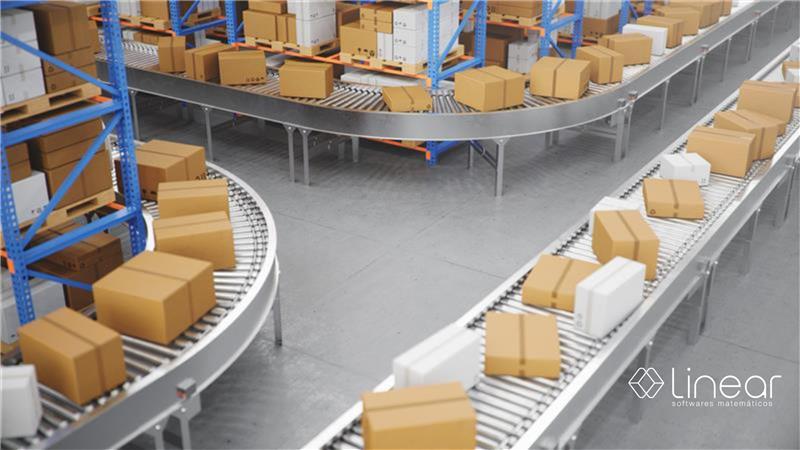Introduction
In production management, few elements are as strategic as the BOM - Bill of Materials. More than just an inventory, the BOM is the heart of the production process: it connects engineering, purchasing, manufacturing and logistics. A well-defined structure reduces errors, improves planning and guarantees complete traceability. But how do you organize and use this resource efficiently?
In this article, we explain the concept of BOM, its main types and good practices for structuring and optimizing this essential component of the production chain.
What is BOM (Bill of Materials)?
The BOM is a structured document that lists all the components, sub-components, raw materials and instructions needed to manufacture a product.
It works like a production "recipe", specifying:
- Items and exact quantities needed
- Hierarchical structure of the components
- Assembly order
- Technical data and reference codes
Most commonly used types of BOM
Engineering BOM (EBOM)
It describes the product as designed by engineering. It focuses on the functionality and structure of the product.
Good Manufacturing (MBOM)
Organized to reflect the production process. Includes operational data such as routings, workstations and assembly sequence.
Good Salesmanship (SBOM)
It groups together products or sales kits, making it useful for companies with a high level of personalization.
Why is BOM so important?
A well-structured BOM has a direct impact:
- Accuracy in materials planning (MRP)
It avoids stock-outs or overstocking, ensuring that everything is available at the right time. - Integration between areas
Engineering, purchasing, production and logistics now operate with a common information base. - Reduction of errors and rework
By detailing each stage and component, BOM reduces the risk of operational failures. - Traceability and quality control
It allows you to easily identify the batches of materials used, which is crucial for audits and recalls.
Good practices for structuring an efficient BOM
- Standardize nomenclatures and codes
Use a consistent system to describe materials, units and references. This avoids duplication and facilitates searches. - Use a clear hierarchical structure
Organize the BOM levels into a tree, with well-defined main components, subsets and raw materials. - Automate and integrate with ERP and APS systems
Managing bills of materials manually is prone to errors. Integrated systems guarantee real-time updates and greater reliability. - Version control
Record each change in the BOM and link the correct versions to production orders, avoiding rework. - Make maintenance and updating easy
Keep track of changes and involve all impacted areas in the review process.
How can the use of technology improve your BOM?
Advanced planning software and modern ERP systems make this possible:
- Automatic generation of lists based on product settings
- Simulations of the impact of changes
- Synchronized updating between engineering and production
- Real-time cost visibility
What's more, with optimization solutions such as OtimixThe BOM can be connected to mathematical planning models, identifying bottlenecks and opportunities for efficiency throughout the production chain.
Conclusion
The BOM is much more than just a technical document - it is a key component of production management. Structuring and maintaining an efficient BOM improves communication between areas, reduces costs and increases the industry's ability to respond to market demands.
Do you want to know how Linear's solutions can support your company in the intelligent management of BOM and production planning?
Enter contact with our team.



